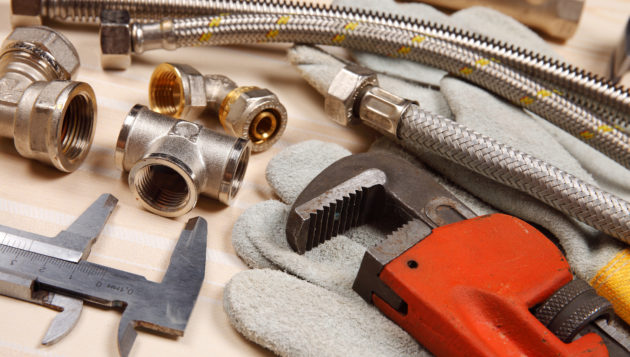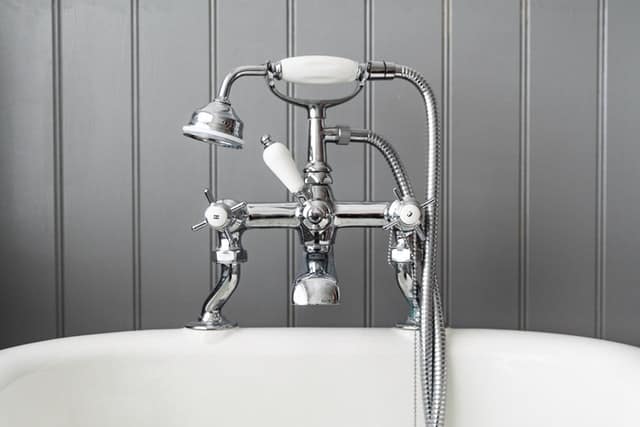Mastering Pipe Winterization: 5 Key Hacks to Use in Frigid Temperatures
Mastering Pipe Winterization: 5 Key Hacks to Use in Frigid Temperatures
Blog Article
The writer is making a few great pointers relating to How to Prevent Frozen Pipes in general in this article below.

All home owners that live in pleasant climates should do their ideal to winterize their pipes. Failing to do so can lead to disaster like frozen, split, or ruptured pipelines.
Try a Hair Clothes Dryer or Warmth Gun
When your pipes are nearly freezing, your dependable hair dryer or warm gun is a godsend. If the warm towels do not help dislodge any type of resolving ice in your pipes, bowling hot air straight right into them may assist. Nevertheless, do not utilize other objects that create straight fires like an impact torch. This can cause a larger catastrophe that you can not manage. You might wind up destructive your pipelines while trying to melt the ice. As well as in the future, you might also end up melting your home. So beware!
Open Cupboard Doors Hiding Plumbing
It would be valuable to open closet doors that are masking your pipes when it's cold outside. They can be someplace in your cooking area or shower room. This will certainly permit the warm air from your heating system to circulate there. Because of this, you stop these revealed pipelines from freezing. Doing this small method can maintain your pipes warm and restrict the possibly harmful outcomes of freezing temperature levels.
Require Time to Wrap Exposed Piping
One simple and also clever hack to warm up frigid pipelines is to wrap them with cozy towels. You can cover them first with towels. After protecting them in place, you can put boiling water on the towels. Do it slowly to allow the towels absorb the fluid. You can also make use of pre-soaked towels in hot water, just do not forget to put on protective handwear covers to protect your hands from the warmth.
Activate the Faucets
When the temperature level drops as well as it appears as if the cold temperature will certainly last, it will assist to activate your water both inside your home and also outdoors. This will maintain the water flowing via your plumbing systems. In addition, the motion will certainly decrease the cold procedure. Significantly, there's no need to turn it on full force. You'll wind up squandering gallons of water in this manner. Rather, aim for about 5 drops per minute.
Shut down Water When Pipes are Frozen
Shut off the major water valve right away if you see that your pipes are totally icy or nearly nearing that phase. You will normally discover this in your cellar or utility room near the heater or the front wall closest to the street. Turn it off right now to stop more damages.
With even more water, more ice will certainly load up, which will at some point lead to rupture pipes. If you are unclear concerning the state of your pipes this wintertime, it is best to call an expert plumber for an assessment.
All house owners who live in temperate climates should do their best to winterize their pipes. Failure to do so can mean catastrophe like icy, cracked, or ruptured pipes. If the warm towels do not help remove any kind of resolving ice in your pipelines, bowling hot air directly right into them might help. Transform off the primary water shutoff quickly if you observe that your pipes are entirely icy or practically nearing that phase. With more water, even more ice will load up, which will ultimately lead to burst pipes.
PREVENT YOUR PIPES FROM FREEZING THIS WINTER
A Leading Cause of Property Damage
When the weather is taking a deep nose dive into the cold dreary days, the risk of your pipes freezing and potentially bursting skyrockets. Unfortunately, during these cold dreary months, burst pipes are the most common denominator for property damage. The pipes that are most at the risk are those that are in areas where it is most cold in your home. For instance, pipes located in interior places such as basements, attics, and your garage. Unfortunately, that doesn’t mean that the pipes running through your cabinets or exterior walls can’t freeze. Good news, however, is that you can do things to help prevent pipes from freezing.
How to Prevent Pipes From Freezing
Once the temperature starts to drop during the winter, you should be taking the proper measures needed to ensure that your pipes stay warm and that there is circulation of water through them. Some steps that experts may recommend could go against your better judgement when it comes to saving water and heat. However, it would go without saying that when expenses are compared, damaged pipes could put a bigger dent in your wallet than a water bill.
What Can I Do?
Keep your garage door closed. This is very important, especially if you have water supply lines running through your garage. Open your kitchen and bathroom cabinets to allow warm air to circulate through them. Allow air circulation throughout your home. Keeping the interior doors open will once again allow the warm air to circulate inside your home. Ensure your thermostat is running the same temperature throughout the night and day. If you plan to be away from home during the cold months, set your temperature no lower than 55° F. This should provide enough heat to keep the pipes warm and prevent any remaining water inside the pipes from freezing. For more of a long-term solution, add insulation to attics, basement, and other crawl spaces around your home. By allowing your faucet to drip, it will alleviate pressure in the system. This is important because the pressure that is created between the blockage and the faucet can potentially cause the pipes to burst. Allowing the faucet to drip will prevent the pressure from building up, therefore keeping the pipes from bursting. Seal any cracks, openings, and crawl spaces around your home to prevent cold air from coming inside. This keeps your pipes-not to mention your home-warmer and less susceptible to issues caused by freezing temperatures. For the pipes in your home that are easily accessible, applying electrical tape to them might prevent them from freezing over. This is a quick fix, as you can apply the tape directly to the pipe. There are two options for heating tapes. One turns on and off by itself when it senses heat is needed. The other type of heating tape needs to be applied when heat is needed and removed when not necessary. If you have exposed pipes in your home, you can check this website to take a look at a few options that would be available at a shop near you.

We had been shown that write-up about Winterizing Your Pipes through an acquaintance on a different blog. Sharing is caring. Helping others is fun. Bless you for your time. Don't hesitate to stop by our website back soon.
Go Services Report this page